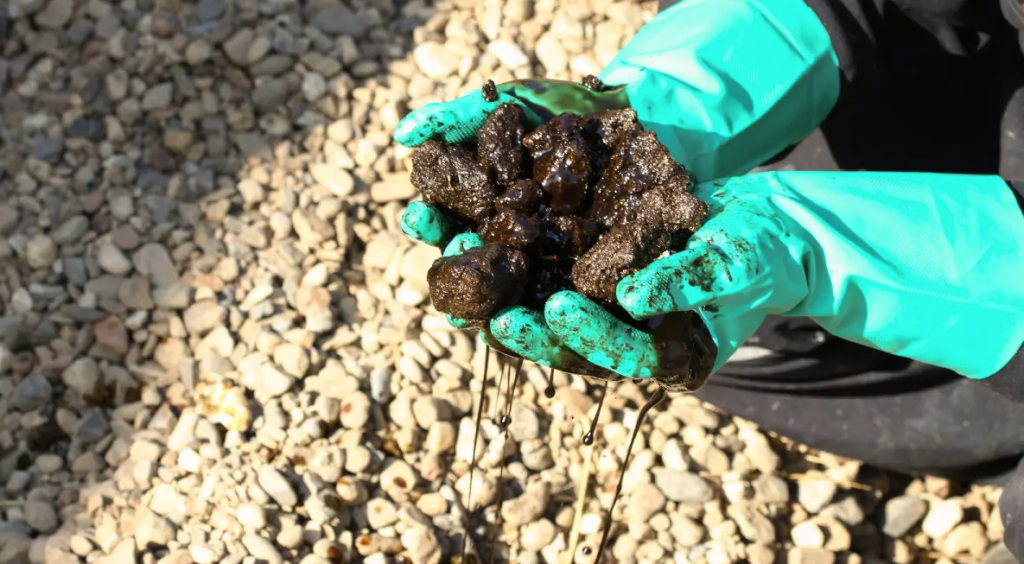Like bituminous sands, blue hydrogen has the same seismic risk
(sustainabilityenvironment.com) – Bituminous sands (tar sands) caused the 5.6 magnitude earthquake that shook Alberta on 30 November 2022. The epicenter was located in the Peace River area, in the northwestern part of the Canadian province. That is the heart of the region where the major deposits of this fossil source are located. This is stated by a study conducted by the University of Stanford that appeared on March 23 in Geophysical Research Letters.
While there are many studies linking earthquakes with fracking activities, so far the connection with the extraction of tar sands has never been acclaimed. Even the energy regulators of the North American country had immediately discarded the hypothesis, talking about the earthquake as a natural tectonic event and nothing else.
Tar sands are the most polluting fossil source in the world. Extracting them generates up to three times more greenhouse gas emissions than conventional oil production. In addition, it needs large amounts of water and toxic waste liquids are collected in huge ponds.
To assess the origins of the Peace River earthquake, Stanford researchers used a 360-degree approach that considers the details and context of seismic events, including location, depth, timing, the regional history of earthquakes and the history of industrial activities in the area. Coming to the conclusion that it is precisely the processes used to facilitate the extraction of tar sands that are responsible for the earthquake.
Finger pointed at the tar sands…
How? To bring the bitumen to the surface, enclosed in the pores of sedimentary rocks, huge quantities of hot water or solvents are injected into the subsoil, which can be mixed with heavy metals, hydrocarbons and harmful chemicals. The cheapest way to dispose of this wastewater is therefore to reinject it into the subsoil. Since the start of operations in the 1980s, about 100 million cubic meters of water have been pumped underground, the equivalent of 40,000 Olympic pools. Which increased the pressure on the rocks below – similar to fracking – until such pressure triggered an existing fault line.
… but also attention to blue hydrogen
The problem is not just oil sands. Canada is focusing a lot on the underground storage of CO2 as a strategy to reduce the carbon footprint of its oil & gas industry, but also to “clean it up” through the production of blue hydrogen, which is obtained from natural hydrocarbons with CO2 recovery. According to the Stanford study, CO2 storage may also present the same risk of triggering faults in the area.

